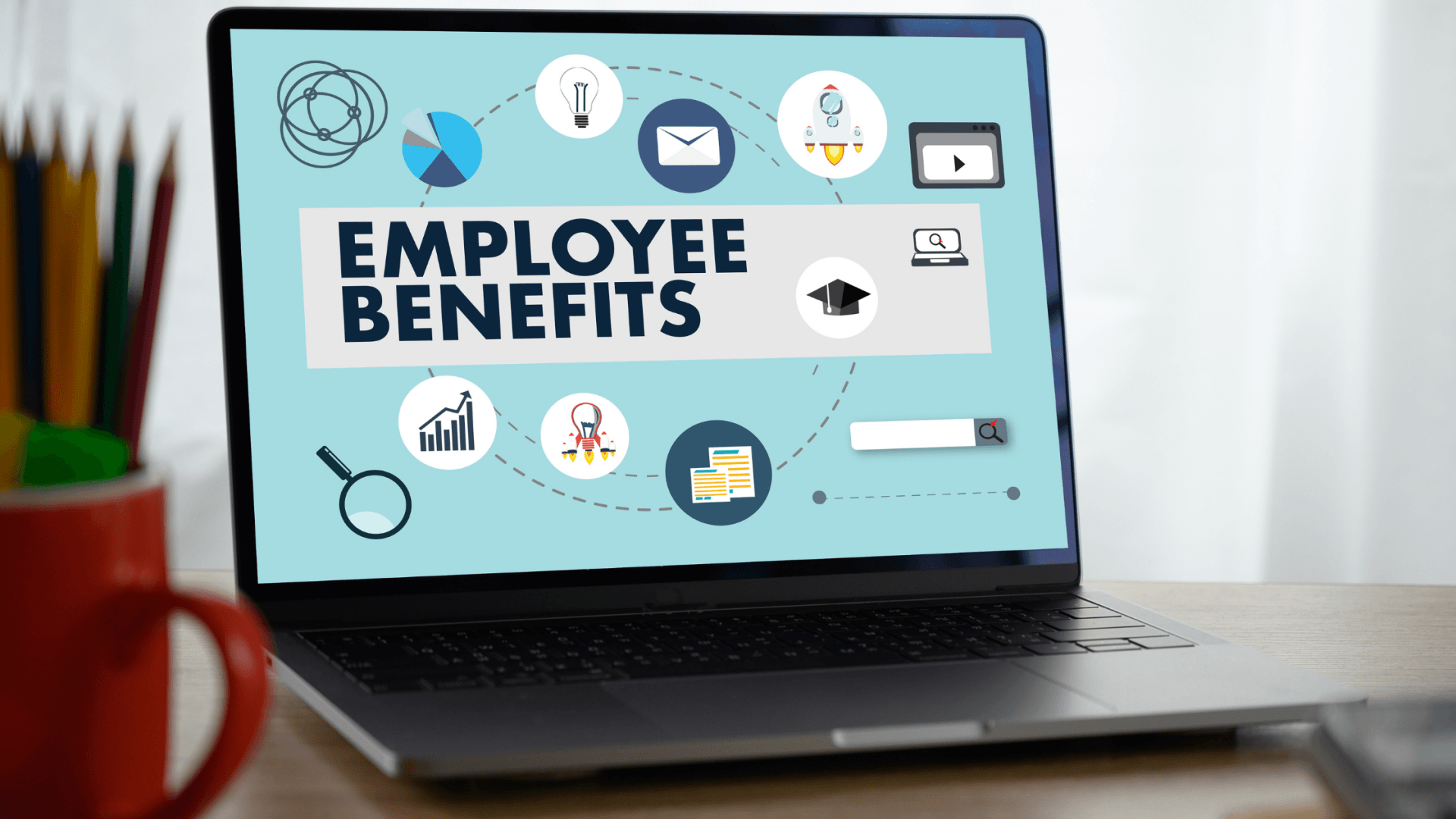
Each workforce is comprised of unique individuals with diverse backgrounds and interests. So why opt for a one-size-fits-all benefits package? Instead, consider providing benefits options that are as unique as your employees. Doing so could be the attraction and retention tool that sets your workplace apart.
In fact, 73% of employees said having customized benefits made them more loyal to their employers, according to a MetLife survey. Additionally, the survey found that 83% of employees would trade a small pay cut for better benefits options.
This article outlines the value of offering personalized benefits and explains potential customization options.
The Value of Personalization
Different employees have different needs and values. Therefore, the same benefits offerings can’t satisfy everyone. For instance, many workplaces are multigenerational; the benefits needs of a 50-year-old man will likely differ from the needs of a 25-year-old woman.
If your organization is trying to appeal to current and prospective workers, consider tailoring your benefits options. This could mean expanding existing plan options or adding more voluntary perks. Either way, the end goal should be to give employees greater control over selecting benefits that are meaningful to them.
Personalized Benefits Examples
Allowing employees to choose from many benefits options might seem like an excellent solution, but that’s not necessarily the case. According to a Willis Towers Watson survey, 57% of employees prefer a moderate number of benefits options and indicated that too many choices would be overwhelming. This illustrates the need for your organization to think strategically about offerings; the options must be deliberate and valuable to at least some employees.
Below is a list of potential benefits and perks that could appeal to a variety of workers:
- Robust retirement plans—According to a Willis Towers Watson survey, 67% of employees would trade a pay cut for richer retirement benefits.
- Affordable health plans—Consider offering tiers of health plans, with high deductible plans that appeal to healthier workers and more comprehensive plans for those with greater health needs.
- Family-building benefits—Simultaneously growing a career and a family can be challenging for working parents, but family-building benefits can help ease this burden.
- Caregiving benefits—More employees are now caring for children, adults with disabilities and older adults due to the COVID-19 pandemic’s effects, meaning these benefits could be extremely impactful.
- Flexible scheduling perks—While not a traditional benefit, schedule flexibility is a highly sought-after perk that can help balance employees’ work and home lives.
- Mental health benefits—Mental health is a hot topic right now, and employees are looking for ways to better themselves and avoid burnout.
- Financial wellness benefits—Personal finance troubles can affect every aspect of an employee’s life, so having benefits to help navigate such issues can be a significant lifeline.
- Life insurance—Providing employees with life insurance options can give them and their families peace of mind should the worst happen.
- Chronic condition management solutions—Chronic conditions affect millions of workers, so offering programs such as opt-in diabetes management plans can help save participants’ health care dollars.
While not all of these benefits options will appeal to all employees, this list shows some of the creative solutions other employers use to demonstrate value to their workforces.
Tips for Personalizing Benefits
Benefits personalization will vary by organization, but here are some general tips you can consider when assessing your own strategy:
- Survey employees. One of the best ways to discover employees’ benefits desires is by asking them.
- Conduct focus groups. Similar to a survey, consider meeting with employees in groups to solicit benefits feedback.
- Maintain ongoing benefits conversations. As employees age and grow in their careers, continue to ask them about their evolving benefits needs.
- Opt for variety. Consider offering different types of health plans or management programs that address specific health conditions.
Ultimately, personalized benefits will require meaningful conversations with employees. While it’s impossible to offer benefits that will meet all the needs of every single employee, maintaining open communication with workers can go a long way toward that goal. In addition, reaching out to employees will demonstrate your organization’s interest and investment in them.
Conclusion
Employees want to know they matter to their employers. Providing world-class benefits options can do just that. Moreover, offering a variety of meaningful options helps prove your organization’s commitment to your workers and their unique needs.
Contact SimcoHR to discuss potential benefits that can help satisfy the needs of your diverse workforce.
Sign up for our newsletter.




